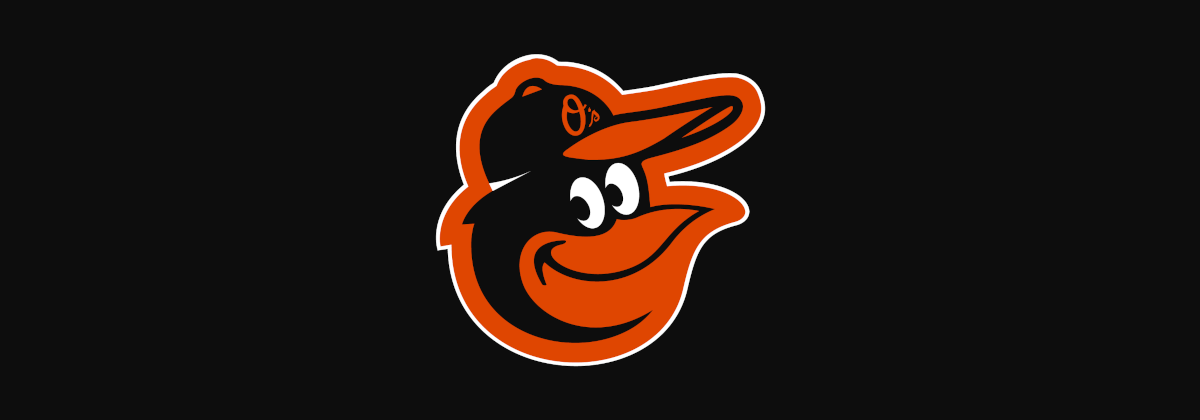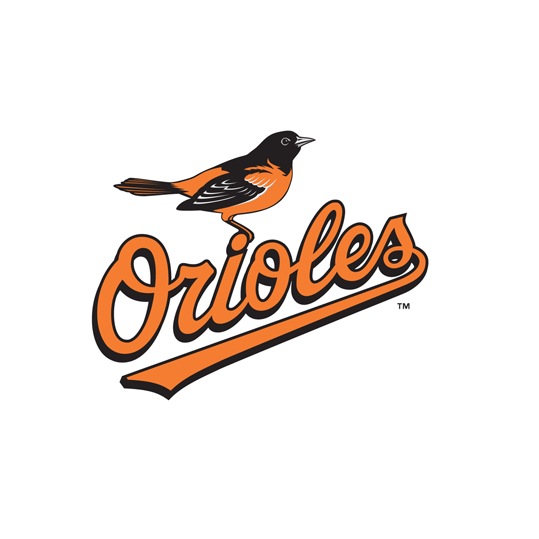Baltimore Orioles Sports Betting Promos & Bonuses
This season will be a fascinating one for the Baltimore Orioles as they look to build on what was a huge year in 2023. While enjoying the action on the field, bettors can get in on the action for the Orioles this season by taking advantage of the below sportsbook promotion. Just click the Claim Offer button below to get your bonus and start betting on the Orioles this season.
Baltimore Orioles Betting Preview
The Baltimore Orioles were one of the best teams in Major League Baseball in 2023, finishing the regular season with over 100 wins. But they fell short of any sort of success in the postseason, which was to be expected for a team without any real playoff experience. This year, expectations are higher for the Orioles than they were going into the 2023 campaign, as they aim to follow up on their division championship.
2024 Over/Under Season Win Total Odds
| Sportsbook | Over/Under Wins |
|---|---|
| DraftKings | 90.5 |
| BetMGM | 90.5 |
Baltimore Orioles Futures Betting Odds
Standings Data
| 2023 | |
|---|---|
| Actual Record | 101-61 |
| Run Differential | +129 |
| Pythagorean W/L | 94-68 |
| BaseRuns Record | 89-73 |
| BaseRuns Run Differential | +76 |
Baltimore Orioles Betting Picks, Predictions & News
Offseason Transactions
Key Additions: Corbin Burnes, Craig Kimbrel
Key Departures: Adam Frazier, Aaron Hicks, Kyle Gibson
The Baltimore Orioles made a couple of noteworthy acquisitions this past offseason, bringing in Corbin Burnes and Craig Kimbrel. Burnes is an elite starting pitcher, who has been in the NL Cy Young conversation at the start of each of the last few seasons. Meanwhile, Kimbrel will help this team close out games, which they will need to do to prove they can compete against the top teams in the American League this season.
As far as departures go, the Orioles shouldn’t miss the above names too badly. Kyle Gibson did win 15 games last season, but his ERA was bloated. Meanwhile, Adam Frazier and Aaron Hicks are far from names who will make or break a team’s championship hopes.
Offensive Stats
| 2023 (Rank) | 2022 | |
|---|---|---|
| Batting Average (BA) | .255 (10th) | .236 (20th) |
| On-Base Percentage (OBP) | .321 (16th) | .305 (22nd) |
| Slugging Percentage (SLG) | .421 (10th) | .390 (T-14th) |
| Weighted On-Base Avg (wOBA) | .320 (T-14th) | .305 (T-19th) |
| Weighted Runs Created Plus (wRC+) | 105 (T-10th) | 101 (T-15th) |
| Batting Avg on Balls In Play (BABIP) | .305 (9th) | .284 (T-21st) |
| Strikeout Percentage (K%) | 22.4% (T-13th) | 23.0% (18th) |
| Walk Percentage (BB%) | 8.5% (T-19th) | 7.9% (T-16th) |
Baltimore improved in several key areas offensively in 2023. They struck out less, they walked more, and they did a better job of hitting for both average and power. The Orioles finished in the top-five in the American League in runs scored last season and it will be interesting to see how their young nucleus will build on that in 2024, as there is still some room for this group to grow at the plate this season.
Pitching Stats
| 2023 (Rank) | 2022 | |
|---|---|---|
| Earned Run Average (ERA) | 3.91 (7th) | 3.97 (17th) |
| Fielding Independent Pitching (FIP) | 3.98 (5th) | 4.03 (T-18th) |
| Adj. Fielding Independent Pitching (xFIP) | 4.08 (8th) | 4.10 (T-19th) |
| Strikeout Percentage (K%) | 23.5% (12th) | 20.0% (T-23th) |
| Walk Percentage (BB%) | 7.8% (T-7th) | 7.3% (T-5th) |
| Left On Base Percentage (LOB%) | 73.5% (T-7th) | 73.2% (15th) |
Baltimore was also better on the mound than they were the year before, which is not surprising given their meteoric rise up the AL East standings. But they could be even more dangerous on the mound in 2024 with the additions of Burnes and Kimbrel. Burnes’ performance this year will be especially interesting as he is moving from the National League Central to the American League East, where offenses are much better. But Burnes is more than capable of adjusting to life in his new division, which could give Baltimore a huge boost.
Positives & Negatives
There are a ton of positives to look forward to for the Orioles this season. They are a dangerous team in both major facets of the game and there is potential for them to get better both in their hitting and pitching this year. After several hopeless seasons, Baltimore finally generated some major optimism last year and they appear well-positioned to build on it.
If there is a negative to fear for the Orioles this year, it is the fact that they dealt with a major disappointment in the postseason last year. How teams deal with their first major misstep in the playoffs is anyone’s guess. There is always a chance that Baltimore regresses, either because of their postseason issues last season or because regression is always a possibility in baseball.
Baltimore Orioles Win Total Pick & Prediction
Baltimore Orioles Pick & Prediction: Over 90.5 Wins
We are taking the over on the Orioles season win total this season. While the Orioles struggled in the playoffs last season, there is too much talent on this roster to deny. The addition of Burnes gives this team a top-end starter to more than make up for the loss of Gibson. Expect the Orioles to win close to 100 games again this year, especially if the Yankees fail to live up to the hype that seems to surround them going into every season.

 BAL
BAL









